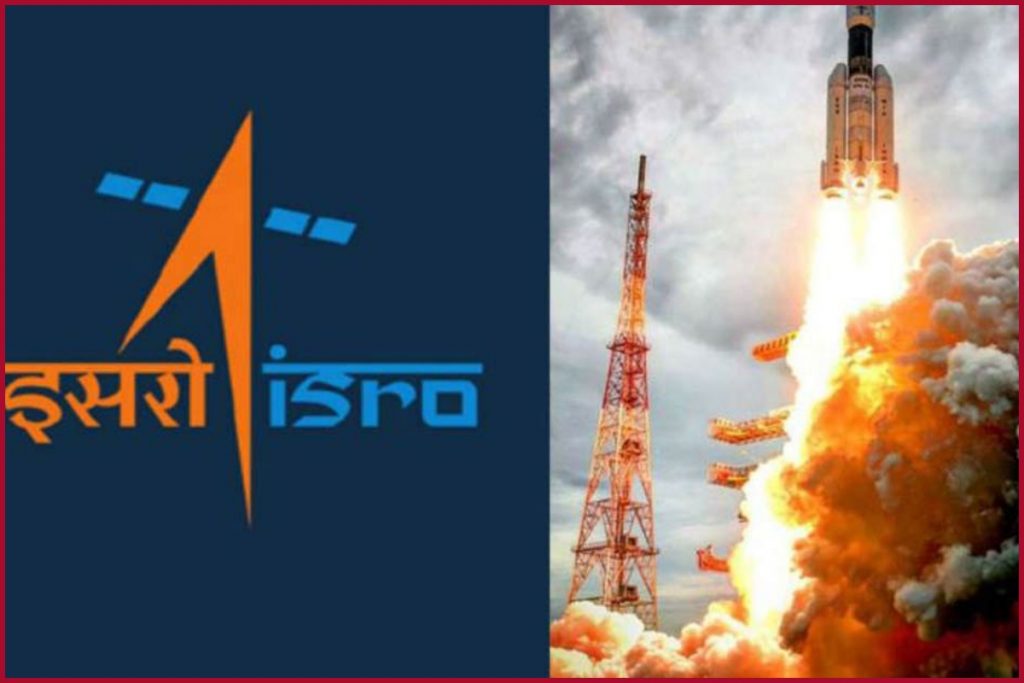New Delhi: Most of us are aware of India’s national space agency, the Indian Space Research Organisation (ISRO). Since its foundation in 1969, ISRO’s scientists helped India to emerge as a major player in space technology. However, it uses launchers or launch vehicles to carry spacecraft to space. So far, India has only two operational launchers: Polar Satellite Launch Vehicle (PSLV) and Geosynchronous Satellite Launch Vehicle (GSLV).
Vikram Sarabhai Space Centre, located in Thiruvananthapuram, is responsible for the design and development of launch vehicles. On August 7, ISRO successfully launched its Small Satellite Launch Vehicle (SSLV) from Sriharikota’s Satish Dhawan Space Centre in Andhra Pradesh.
Below here, you can find the difference between vehicles developed by ISRO — GSLV, PSLV, and SSLV:
What is SSLV?
SSLV is the abbreviation of Small Satellite Launch Vehicle (SSLV). It is the smallest launch vehicle and weighs only 110 tonnes. It is reported that the SSLV has a height of 34 meters and has three solid stages. It has the liftoff mass of the launch vehicle is approximately 120 tonnes.
It was earlier told by the former ISRO chairman K Sivan in 2019 that the SSLV can be launched by only six people.
What is GSLV?
Geosynchronous Satellite Launch Vehicle Mark II (GSLV Mk II) is the largest launch vehicle developed by India, which is currently in operation. This fourth-generation launch vehicle is a three-stage vehicle with four liquid strap-ons. The indigenously developed cryogenic Upper Stage (CUS), which is flight proven, forms the third stage of GSLV Mk II. From January 2014, the vehicle has achieved four consecutive successes, according to ISRO.
The GSLV’s height is 49.13 m and it is divided into three stages. Its lift of mass is 414.75 tonnes.
What is PSLV?
Polar Satellite Launch Vehicle (PSLV) is the third generation launch vehicle of India. It is the first Indian launch vehicle to be equipped with liquid stages. After its first successful launch in October 1994, PSLV emerged as the reliable and versatile workhorse launch vehicle of India with 39 consecutively successful missions by June 2017. During 1994-2017 period, the vehicle has launched 48 Indian satellites and 209 satellites for customers from abroad.
Besides, the vehicle successfully launched two spacecraft – Chandrayaan-1 in 2008 and Mars Orbiter Spacecraft in 2013 – that later traveled to Moon and Mars respectively.
It has a height of 44m and 2.8 m in diameter. It is divided into 4 stages. Its lift of Mass is 320 tonnes (XL).

